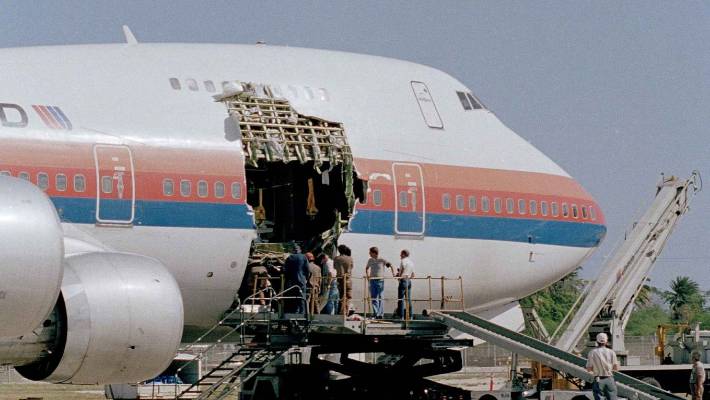
United Airlines Flight 811 was a routine flight from Honolulu to Auckland, New Zealand on the morning of 24 February 1989. Little did the passengers and crew know, but their journey would be anything but routine.
As the plane was flying over the Pacific Ocean, something catastrophic occurred. Part of the right-side fuselage suddenly ripped off, ejecting nine people from the aircraft and causing explosive decompression. Passengers and crew were thrown from their seats, and the cabin was filled with the deafening sound of rushing air.
Despite the chaos, the pilots managed to maintain control of the plane and quickly assessed the situation. They knew that they had to act fast in order to prevent any further loss of life. They immediately initiated an emergency descent and headed back to Honolulu.
The flight attendants, meanwhile, were working to keep the remaining passengers calm and safe. They helped secure loose items and provided oxygen masks to those who needed them. The passengers, many of whom were in shock, were understandably terrified but the flight attendants’ quick thinking and professionalism helped keep the situation under control.
As the plane landed safely back in Honolulu, the passengers were evacuated and the injured were taken to the hospital. The cause of the incident was later determined to be an electrical short circuit, which had caused the cargo door to open.
The incident was a tragic reminder of the dangers of air travel and the importance of proper maintenance and inspections. But thanks to the quick thinking and skill of the pilots and flight attendants, the outcome could have been much worse. The flight landed safely, and other than the nine people who were ejected, no one else was injured.





